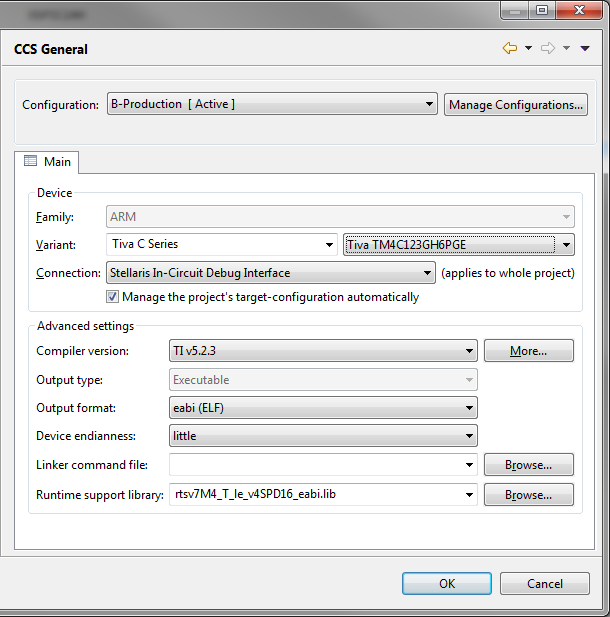

Google now introduces many new Android features via the Android Support Library-a set of libraries that enable you to use newer Android features in apps targeting current and past Android platforms.

For more on the Activity lifecycle see 3.3.3 AppCompat Library and Class AppCompatActivityĪ big challenge developers face when using new Android features is backward compatibility with earlier Android platforms.
HOW TO USE PREDEFINED OBJECTS ANDROID STUDIO IDE CODE
This is required because each lifecycle method in superclass Activity contains code that must execute in addition to the code you define in your overridden lifecycle methods. Each activity lifecycle method you override must call the superclass’s version otherwise, an exception will occur. We’ll discuss most of these in later chapters. Other lifecycle methods include onStart, onPause, onRestart, onResume, onStop and onDestroy. This method is called by the Android runtime when an Activity is starting-that is, when its GUI is about to be displayed so you can interact with the Activity. You’ll override the onCreate method in every activity. For example, when you answer a phone call, the phone app becomes active and the app you previously were using is stopped.Īs an Activity transitions among these states, the Android runtime calls various Activity lifecycle methods-all of which are defined by the Activity class in package android.app. An Activity is stopped when another Activity enters the foreground and becomes active. A stopped activity is not visible on the screen-it’s in the background and is likely to be killed by the system when its memory is needed.You cannot interact with the paused activity until it becomes active-for example, after the user dismisses an alert dialog. A paused Activity is visible on the screen but does not have the focus-such as when an alert dialog is displayed.You can interact with the Activity currently in the foreground. An active Activity is visible on the screen and “has the focus”-that is, it’s in the foreground.The Activity transitions between these states in response to various events: Throughout its life, an Activity can be in one of several states- active (i.e., running), paused or stopped. On a tablet, activities typically display multiple Fragments per screen to take advantage of the larger screen size. On a phone, each Fragment typically occupies the entire screen and the Activity switches between the Fragments, based on user interactions. As you’ll see, starting in Chapter 4, an Activity can manage multiple Fragments. You interact with an Activity through views-GUI components that inherit from class View (package android.view).īefore Android 3.0, a separate Activity was typically associated with each screen of an app. An app can have many activities, one of which is the first you see after launching the app. In this chapter, we’ll discuss activities, which are defined as subclasses of Activity (package android.app). use event handling, anonymous inner classes and interfaces to process the user’s GUI interactions.Īndroid apps have four types of executable components- activities, services, content providers and broadcast receivers.use inheritance to create a class that defines the Tip Calculator’s functionality and.use various Android classes to create objects.We assume that you’re already familiar with Java object-oriented programming-we present Java in our book Java SE 8 for Programmers ( ). This section introduces the IDE and Android features you’ll use to build the Tip Calculator app. Learn More Buy 3.3 Technologies Overview Android 6 for Programmers: An App-Driven Approach, 3rd Edition


 0 kommentar(er)
0 kommentar(er)
